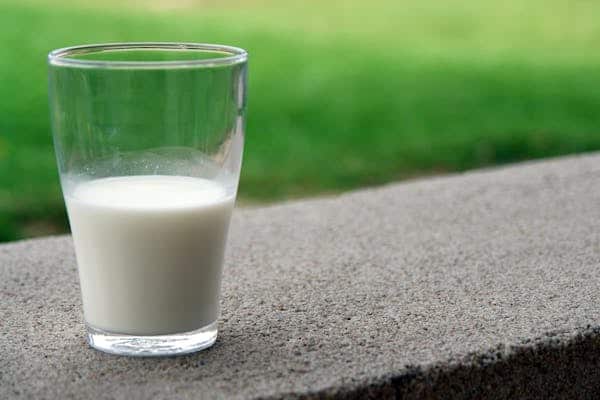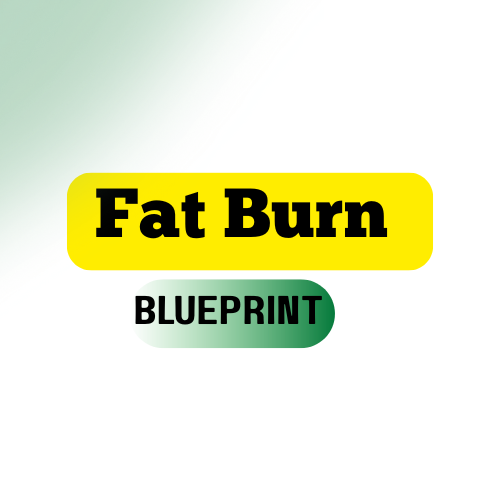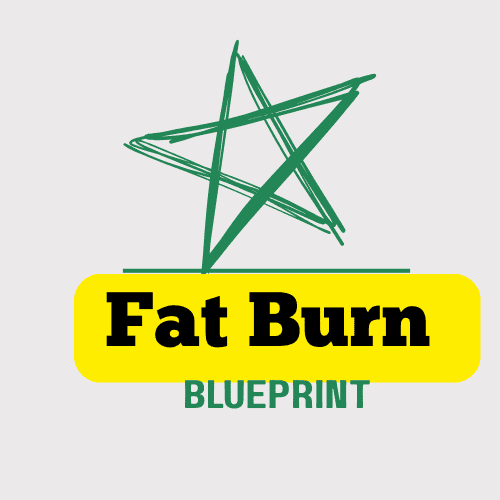Low FODMAP Diet

Low FODMAP Diet 🥦🥑 A Digestive Game-Changer
Introduction 🌟
Digestive discomfort can significantly affect your quality of life—whether it’s chronic bloating, gas, abdominal pain, or unpredictable bowel habits. For millions of people living with Irritable Bowel Syndrome (IBS) and other gastrointestinal (GI) disorders, relief often feels out of reach. Fortunately, emerging nutritional science has led to the development of a highly effective dietary strategy: the Low FODMAP Diet.
Originally developed by researchers at Monash University in Australia, the Low FODMAP Diet is now globally recognized as a first-line approach to managing IBS and related conditions. It focuses on reducing specific types of carbohydrates that are poorly absorbed in the small intestine and are rapidly fermented by gut bacteria, leading to the dreaded bloat and discomfort.
Let’s dive into what this diet involves, how it works, and the health benefits it can offer.

What Are FODMAPs? 🧬
FODMAP is an acronym for:
- Fermentable
- Oligosaccharides
- Disaccharides
- Monosaccharides
- And
- Polyols
These are types of short-chain carbohydrates and sugar alcohols found in a variety of foods. While they are completely safe for most people, those with IBS and other gut sensitivities often have trouble digesting them.
Common High-FODMAP Foods Include:
- Oligosaccharides: Wheat, rye, onions, garlic
- Disaccharides: Milk, yogurt, soft cheese (due to lactose)
- Monosaccharides: Apples, honey, high-fructose corn syrup (due to excess fructose)
- Polyols: Stone fruits (e.g., peaches, plums), artificial sweeteners like sorbitol and mannitol
When consumed, FODMAPs can:
- Draw water into the intestine 💧
- Ferment rapidly by gut bacteria, creating gas 💨
- Cause bloating, cramping, and altered bowel movements 🚽

How the Low FODMAP Diet Works ⚙️
The Low FODMAP Diet is typically done in three phases, often under the supervision of a dietitian:
1. Elimination Phase (2–6 weeks) 🚫
You remove all high-FODMAP foods from your diet to give your gut a break. This is the most restrictive stage but essential for identifying triggers.
2. Reintroduction Phase (6–8 weeks) 🔄
Foods are slowly reintroduced one FODMAP group at a time. This helps pinpoint which categories and specific foods trigger your symptoms.
3. Maintenance Phase 🧘♀️
Once trigger foods are identified, you can personalize your diet to include only the FODMAPs you tolerate. This ensures symptom control and dietary variety.
Click here for this game changing weight loss supplement – Mitolyn
Using the Low FODMAP Diet to Treat IBS 🩺
IBS affects up to 15% of the global population and is characterized by symptoms like:
- Bloating
- Abdominal pain
- Diarrhea and/or constipation
- Gas and cramping
Numerous studies show that a Low FODMAP Diet can significantly reduce IBS symptoms in up to 75% of sufferers. Here’s how:
- Reduces fermentation in the colon, leading to less gas and bloating
- Normalizes bowel function, reducing diarrhea and constipation
- Decreases intestinal water content, helping to firm up stools
- Lessens visceral hypersensitivity, a key factor in IBS pain
🎯 In short: less FODMAPs = less digestive chaos.

Other Health Benefits of a Low FODMAP Diet 🌱
While it’s primarily used for IBS, the Low FODMAP Diet can also benefit people with other GI disorders and conditions.
💡 1. Helps with Small Intestinal Bacterial Overgrowth (SIBO)
SIBO involves excessive bacteria in the small intestine, which can ferment FODMAPs and mimic IBS symptoms. Reducing FODMAP intake deprives these bacteria of fuel.
💡 2. Improves Quality of Life
Managing GI symptoms can lead to:
- Better sleep 😴
- Increased energy ⚡
- Improved mood and reduced anxiety 😌
💡 3. Eases Symptoms of Inflammatory Bowel Disease (IBD)
Though not a treatment for Crohn’s or ulcerative colitis directly, a Low FODMAP Diet may help manage functional gut symptoms in IBD patients in remission.
💡 4. Aids in Identifying Food Intolerances
The reintroduction phase helps users learn which foods their body reacts to, allowing for tailored, long-term nutrition.
Foods to Eat and Avoid 🥗❌
Here’s a quick breakdown of low-FODMAP and high-FODMAP foods.
✅ Low-FODMAP Foods:
- Vegetables: Carrots, spinach, zucchini
- Fruits: Bananas (ripe), grapes, strawberries 🍓
- Grains: Rice, oats, quinoa
- Proteins: Eggs, tofu, meats (unprocessed)
- Dairy: Lactose-free milk, hard cheeses
- Beverages: Coffee (black), tea, water
❌ High-FODMAP Foods:
- Vegetables: Onions, garlic, cauliflower
- Fruits: Apples, mangoes, watermelon 🍉
- Grains: Wheat, rye, barley (in large amounts)
- Dairy: Milk, yogurt, ice cream (with lactose)
- Sweeteners: Sorbitol, xylitol, mannitol
💡 Tip: You can use garlic-infused oil for flavor without the FODMAPs!

Challenges of the Low FODMAP Diet ⚠️
While effective, the diet isn’t without its hurdles:
- Restrictive at first: The elimination phase can be daunting.
- Risk of nutritional deficiencies if not well planned.
- Difficult to follow while eating out or traveling.
- Not meant to be permanent—prolonged restriction may affect gut microbiota diversity.
👩⚕️ Working with a registered dietitian is highly recommended for safety and effectiveness.
Summary 🎯
The Low FODMAP Diet is a powerful, evidence-based tool for managing IBS and other digestive disorders. By targeting fermentable carbs that irritate the gut, it can lead to significant symptom relief and improved quality of life.
🔑 Key Takeaways:
- FODMAPs are short-chain carbs that ferment in the gut, causing bloating and discomfort.
- The diet involves 3 phases: elimination, reintroduction, and maintenance.
- It can benefit not just IBS sufferers but also those with SIBO, IBD (in remission), and food intolerances.
- Long-term success requires personalization and ideally, guidance from a healthcare professional.
🌟 Whether you’re battling bloating, cramps, or unpredictable bathroom visits, a Low FODMAP Diet may offer the clarity and relief you’ve been looking for.
🗓️ Low FODMAP 7-Day Meal Plan
Day 1
🥣 Breakfast:
- Lactose-free Greek yogurt
- Sliced strawberries 🍓 and chia seeds
- Gluten-free granola (no honey or high-FODMAP nuts)
🥗 Lunch:
- Grilled chicken salad with spinach, cucumber, carrots, and a lemon-olive oil dressing
- Gluten-free roll
🍽️ Dinner:
- Grilled salmon with steamed zucchini and roasted potatoes
- Garlic-infused olive oil (for flavor)
🥜 Snack:
- Rice cakes with peanut butter (no added honey or sweeteners)
Day 2
🥣 Breakfast:
- Scrambled eggs with spinach and lactose-free cheese
- Gluten-free toast with butter
🥗 Lunch:
- Quinoa bowl with grilled tofu, cherry tomatoes (limited), carrots, and a tahini dressing
- Orange (small)
🍽️ Dinner:
- Stir-fried shrimp with bok choy, bell peppers, and rice noodles
- Tamari (gluten-free soy sauce)
🥜 Snack:
- Banana (firm and small) with a handful of almonds
Day 3
🥣 Breakfast:
- Oatmeal (made with water or lactose-free milk)
- Topped with blueberries and cinnamon
🥗 Lunch:
- Turkey lettuce wraps with shredded carrots, cucumber, and mayonnaise
- Gluten-free crackers
🍽️ Dinner:
- Baked chicken thighs with mashed potatoes (no garlic) and steamed green beans
- Herb seasoning (not onion-based)
🥜 Snack:
- Popcorn (plain, air-popped) with a sprinkle of salt
Day 4
🥣 Breakfast:
- Smoothie: Lactose-free milk, pineapple (small portion), spinach, and chia seeds
- Hard-boiled egg
🥗 Lunch:
- Tuna salad (with mayo, celery, and lemon juice) on gluten-free bread
- Carrot sticks
🍽️ Dinner:
- Beef stir-fry with bok choy, red bell pepper, and jasmine rice
- Garlic-infused oil for flavor
🥜 Snack:
- Strawberries with lactose-free yogurt dip
Day 5
🥣 Breakfast:
- Gluten-free pancakes with maple syrup and blueberries
- Boiled egg on the side
🥗 Lunch:
- Chickpea-free hummus (made from zucchini or pumpkin) with rice crackers and veggie sticks
- Kiwi (green, small portion)
🍽️ Dinner:
- Grilled pork chops, sautéed spinach, and roasted carrots
- Side of polenta
🥜 Snack:
- Handful of macadamia nuts and a few grapes
Day 6
🥣 Breakfast:
- Rice porridge (congee style) with lactose-free milk, cinnamon, and sliced banana
- Peppermint tea
🥗 Lunch:
- Egg salad (with chives, not onion) in a gluten-free wrap
- Cucumber slices
🍽️ Dinner:
- Baked cod with lemon and herbs, mashed sweet potato, sautéed kale
- Drizzle of garlic-infused oil
🥜 Snack:
- Plain corn chips and a few slices of cheddar (lactose-free)
Day 7
🥣 Breakfast:
- Smoothie bowl: Lactose-free yogurt, strawberries, kiwi, and oats
- Sprinkle of pumpkin seeds
🥗 Lunch:
- Grilled chicken and rice salad with zucchini, parsley, and lemon vinaigrette
- Gluten-free crackers
🍽️ Dinner:
- Turkey meatballs with tomato-free marinara (made with red bell pepper base) over gluten-free pasta
- Side salad (spinach, cucumber, carrots)
🥜 Snack:
- Dark chocolate (small piece) with a handful of walnuts
✅ Notes:
- Drink plenty of water 💧 throughout the day.
- Always check food labels for hidden FODMAPs like high-fructose corn syrup, inulin, or certain sweeteners.
- Portion size matters: Even low FODMAP foods can become high-FODMAP if eaten in large quantities.

